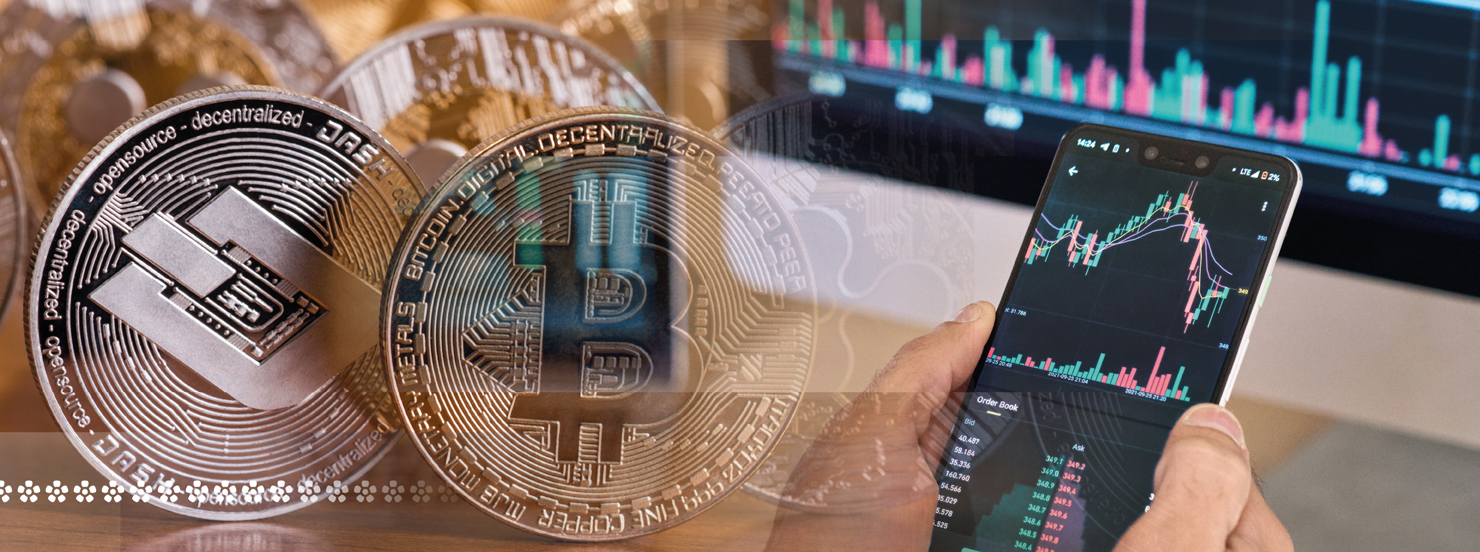
Year of uncertainty in the virtual currency markets
In 2022, unprecedented uncertainty prevailed in the virtual currency markets. The European Supervisory Authorities and the FIN-FSA had warned about risks related to virtual currencies on several occasions, and unfortunately many of these risks materialised towards the end of the year, also for Finnish investors. In November, FTX, one of the largest virtual currency exchanges, fell into a downward spiral, ending up in bankruptcy. Underlying this, severe misconduct was uncovered, and the founder of FTX is being charged with one of the largest financial crimes in the history of the United States. Numerous other cases of misconduct were also revealed in the sector.
Virtual currencies became a prominent phenomenon in 2021 and, according to the Finnish Tax Administration, Finns also made considerable profits on them. The value of the virtual currency markets reached an all-time high towards the end of 2021. Following the events in autumn 2022 and the revelation of numerous cases of misconduct, the total market value melted to less than a third of its peak.
In 2022, individual investors and citizens in Finland suffered losses. In February 2023, there were nine registered virtual currency providers in Finland. The FIN-FSA has an ongoing review concerning their potential links to problem-ridden international operators. According to the FIN-FSA’s information, incumbent Finnish financial sector institutions have not embarked on virtual currencies nor have they begun to provide virtual currency services.
2022 demonstrated the need for stronger regulation
The gross misconduct seen in 2022 tells of the inadequacy of regulation and the vulnerabilities caused by the scant regulation. Current regulation on virtual currency providers is based on the EU AML Directive, and it is considerably more limited than the regulation of more conventional investment activities, such as securities trading on stock exchanges or investment fund activities. There are no particular provisions on investor protection, and the disclosure obligation towards clients is at a rather general level. Information available on virtual currencies may therefore be very deficient and biased. In addition, investors have weak protection measures in problem situations.
In autumn 2020, the European Commission published a proposal for a Regulation on service provision related to virtual currencies. Following the Regulation, the rules applicable to virtual currency providers would tighten, and they would be required, among other things, to provide better investor information, establish a complaints handling procedure and notify client of conflicts of interests. The Regulation will also address prevention of market abuse.
The Regulation has not yet been adopted, but the preparations are in the finishing straight.
What does the future look like?
The turbulent year made many people ponder the future of virtual currencies. Representatives of the European Central Bank suggested that Bitcoin, the popular virtual currency, is fading fast into irrelevance1. According to the ECB, Bitcoin’s technological shortcomings make it questionable as a means of payment, in addition to being unsuitable as an investment because its value is based purely on speculation.
In the near future, virtual currencies may continue to attract some investors despite the associated risks. Regulation must respond to these developments. Technology and service models are developing at a furious pace, and therefore regulation must also closely reflect the development of the sector. At the same time, regulation must be technology-neutral and forward-looking enough, and it cannot be prepared solely from the perspective of the current market situation.
Legislative processes at the EU level are slow. Even though regulation is being developed and assessed on a regular basis, investors dealing with virtual currencies must remain cautious. The investor must be prepared for sharp fluctuations in value, including a significant depreciation. The investor must be able to tolerate extremely uncertain performance and be prepared for potential theft and fraud.
The investor must also understand and carefully assess the risks of the investment. They should never invest more than they can afford to lose, and should also have a healthy suspicion of products and services, even where they are offered by a supervised service provider.
A list of supervised service providers can always be found at the relevant national supervisor’s website and, in the future, there will also be a centralised EU register where one can check the authorisation status of all European service providers. One should also bear in mind that the energy consumption of some virtual currencies is remarkably high, among other things due to their mining processes. The potential environmental impacts should be taken into consideration.
It is estimated that there are over 20,000 different virtual currencies. 2022 showed that prudence is an asset in the markets, particularly when the marketing seems too good to be true.
1 ECB’s blog "Bitcoin’s last stand" (30 November 2022).